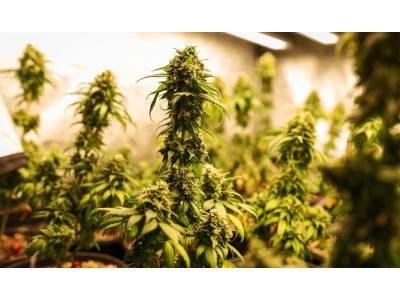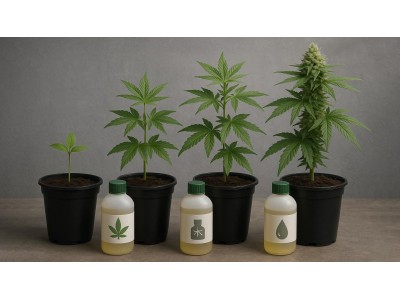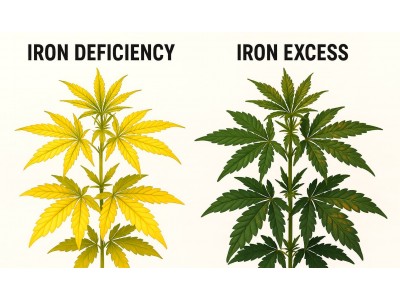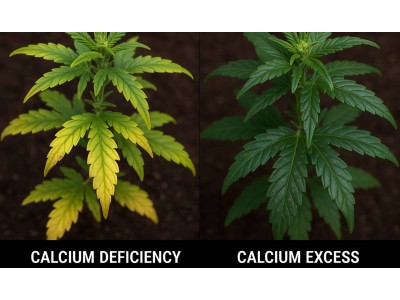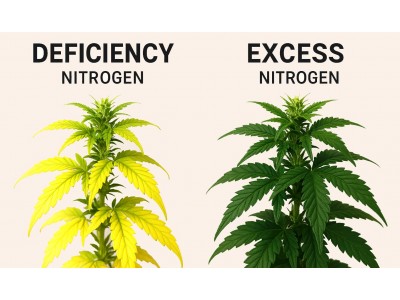0.00€
CheckoutGrowing cannabis: magnesium deficiency and excess
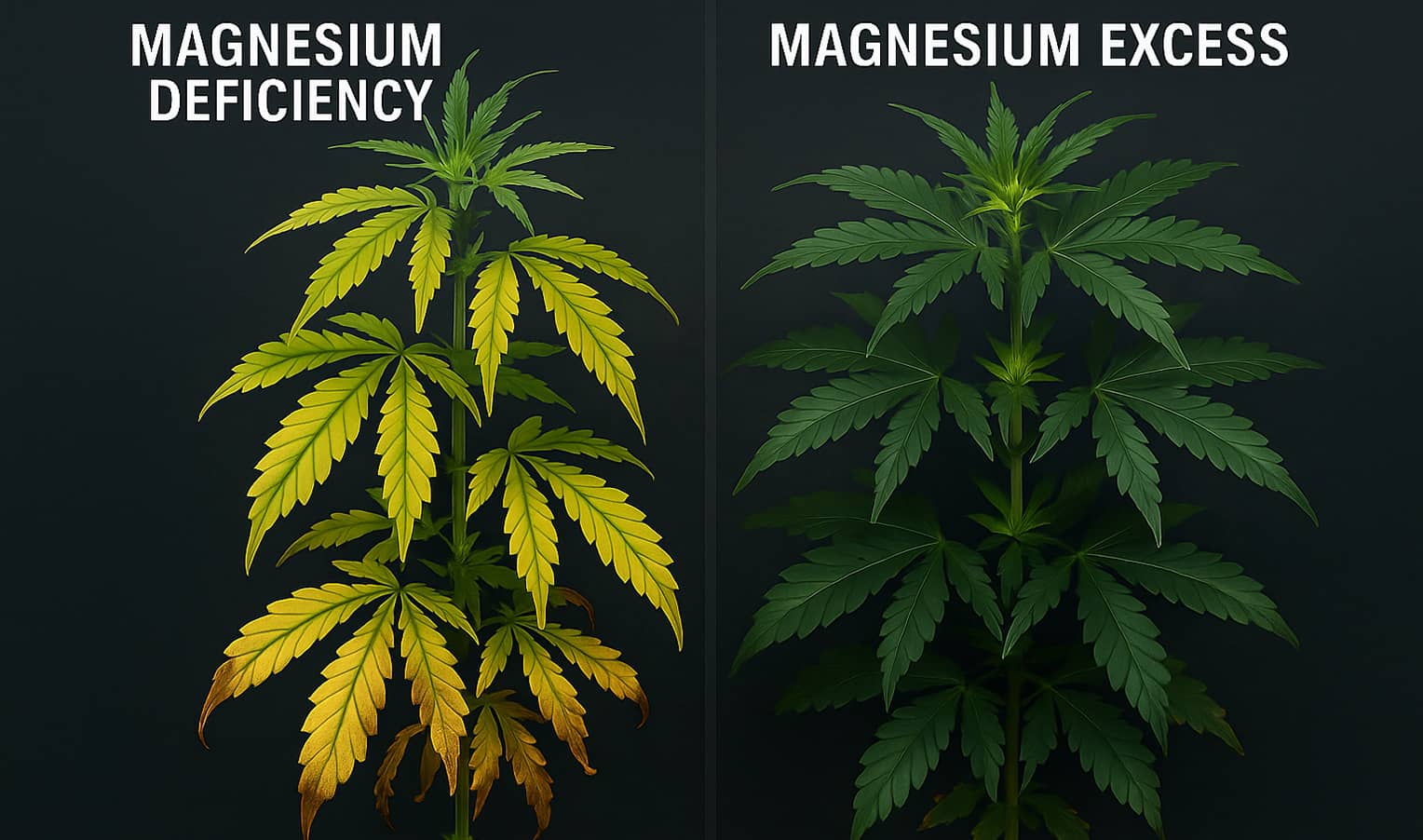
In cannabis cultivation, every macro- and micronutrient is important for health and yield, and magnesium is one of the key ones. It participates in photosynthesis, chlorophyll formation, and helps the plant absorb other nutrients. Without it, full development and the formation of large buds are impossible.
In this article, we will look at why cannabis needs magnesium, how its deficiency and excess manifest, and what to do to maintain the optimal level.
The role of magnesium in cannabis
Magnesium is a secondary but vital element at all stages of growth. It is located at the center of the chlorophyll molecule, responsible for absorbing solar energy and converting it into sugars and carbohydrates. Cannabis absorbs magnesium in the form of the Mg²⁺ ion. In the soil, some magnesium may be in an available form, while some is unavailable until microorganisms process it.
It is important to maintain a balance between available and bound magnesium. In artificial substrates such as coco coir or mineral wool, it is absent, so it must be added separately. In such cases, mono-fertilizers or mixes with a high content of Mg are used so that the plant can absorb the element immediately.
Magnesium deficiency in marijuana
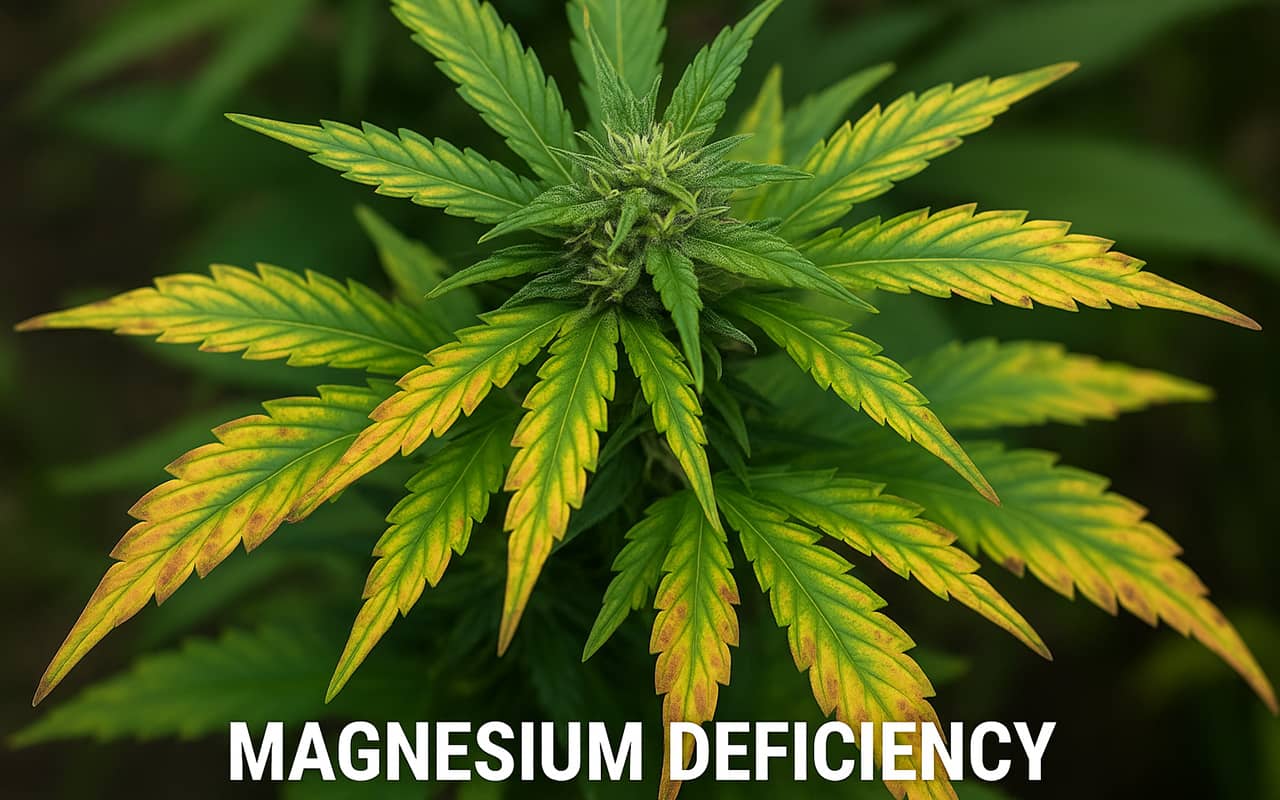
When the substrate pH is below 7.0, the plant easily absorbs magnesium, but if the level drops below 5.0, it becomes almost unavailable. In this case, you need to raise the pH, for example, by adding dolomite lime to the soil. Liquid forms are also available for application during watering.
Magnesium is a mobile element, so signs of its deficiency first appear on older lower leaves. Over time, the central part of the plant also suffers. It is also worth remembering that magnesium is easily washed out with a large amount of water. When flushing the roots due to overfeeding with other elements (nitrogen, phosphorus, potassium), magnesium must be replenished while maintaining a balance with calcium.
External conditions also affect magnesium uptake: constant soil moisture, low temperature, or a cold substrate. If the soil does not dry out, a directed airflow to the pot or bottom heating helps. The optimal night temperature is not lower than 18 °C.
Signs of magnesium deficiency:
- yellowing between the veins on older leaves;
- brown spots and upward curling edges;
- spreading of spots upward through the plant;
- pale veins and dots on young leaves.
Magnesium and the flowering period
During flowering, the plant actively absorbs phosphorus and potassium. If there is too much of them, magnesium uptake is blocked, most often in weeks 3–6 of bud formation. At this time, the plant receives the maximum available nutrients, which leads to potassium overfeeding and magnesium lockout. The solution is flushing the substrate to reduce salt concentration.
If the substrate initially contains little magnesium, it can be added additionally — through dolomite lime, a Mg supplement in watering, or foliar spraying with a solution with a pH of about 7.1 for a quick effect.
Excess magnesium in cannabis
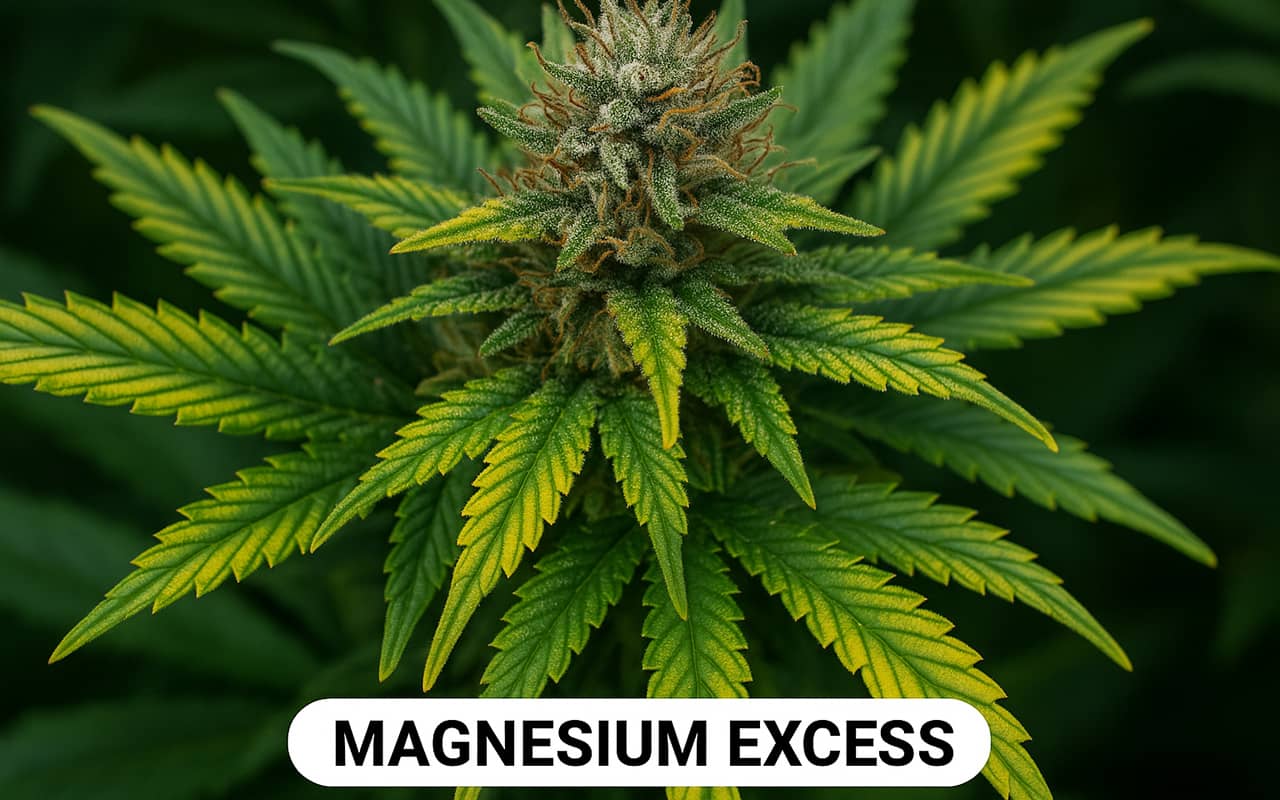
This is rare but possible with incorrect fertilizer dosages. Excess magnesium reduces calcium uptake and can cause a secondary deficiency of this element.
Signs of excess magnesium:
- slowed growth;
- dark green leaves with brown edges;
- signs of calcium deficiency.
If excess is detected, flush the substrate with water in a volume three times the volume of the pot, then apply a balanced fertilizer. You can temporarily water with rain or purified water with added enzymes to wash away excess salts.
Conclusion
When growing marijuana seeds, Magnesium is an irreplaceable element for cannabis health and yield quality. It is needed at all stages, especially during flowering. Deficiency leads to impaired photosynthesis and plant weakening, excess — to calcium lockout and growth delay. To avoid problems, monitor pH level, temperature, watering schedule, and fertilizer dosage. Maintaining magnesium balance is the key to strong plants and abundant harvests.

